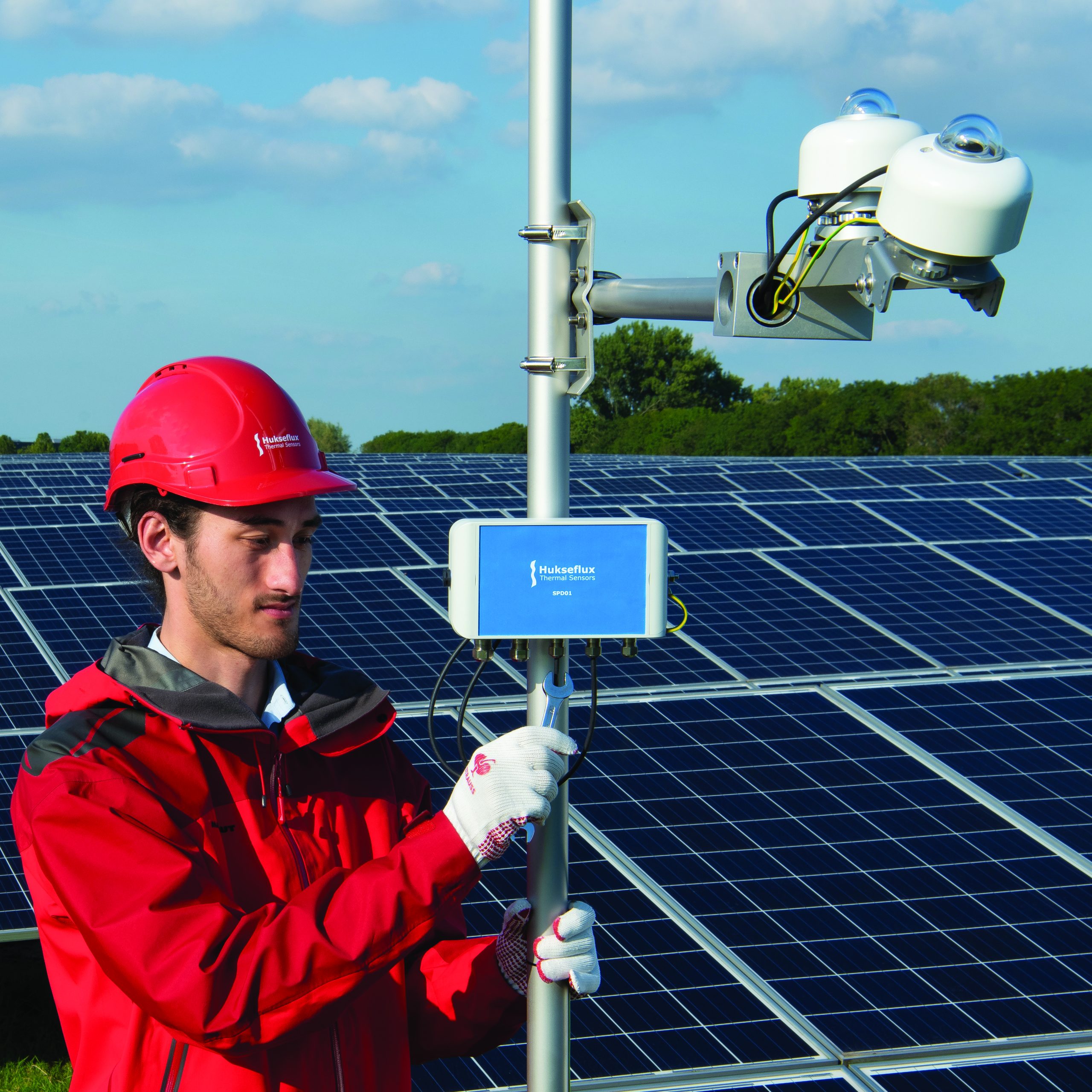Hukseflux Thermal Sensors has grown to become the market leader in solar radiation measurement. More and more PV power plant owners and asset managers prefer using its pyranometers, not only because of their phenomenal measurement accuracy, but also because of their lowest total cost of ownership. With the recent launch of its industrial series of pyranometers, the company is taking another step forward. PES is curious to know the secret behind this success and interviews director and co-founder Kees van den Bos.
PES: Hukseflux recently celebrated its 30th birthday, but introduced its first Class A pyranometer just 11 years ago. In this short period of time, you have become the market leader in solar radiation measurement for utility scale PV system performance monitoring. How did you achieve this?
Kees van den Bos: This took a lot of effort. Back in 2013, nobody actually believed that we were able to manufacture Class A pyranometers. Yet our first model, SR20, already outperformed competition, but not by much.
Our second generation Class A instrument, model SR30, was introduced in 2017. It made us the leader in technology and measurement accuracy. SR30 was the first heated and fully digital pyranometer, and the first with a tilt sensor. It produced much more accurate measurements than other instruments on the market. Not only because dew and frost are mitigated by the heating system, but also because other error sources, such as zero offsets, are reduced.
In retrospect, we can say that SR30 set a new standard in terms of measurement quality and also brought us market leadership in numbers sold.



























